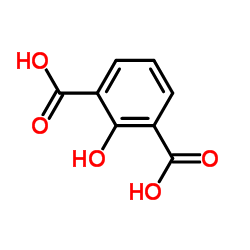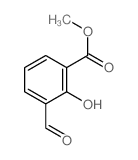610-04-8
| Name | 3-formylsalicylic acid |
|---|---|
| Synonyms |
3-formyl-2-hydroxybenzoic acid
3-carboxyl-2-hydroxybenzaldehyde 2-hydroxy-3-carboxybenzaldehyde 2-hydroxy-3-formylbenzoic acid 3-Carboxy-2-hydroxybenzaldehyde 2-Hydroxyisophthalaldehydic acid |
| Density | 1.482g/cm3 |
|---|---|
| Boiling Point | 306.9ºC at 760 mmHg |
| Molecular Formula | C8H6O4 |
| Molecular Weight | 166.13100 |
| Flash Point | 153.6ºC |
| Exact Mass | 166.02700 |
| PSA | 74.60000 |
| LogP | 0.90290 |
| Index of Refraction | 1.669 |
Synonym:None Section 2 - COMPOSITION, INFORMATION ON INGREDIENTS
Risk Phrases: None Listed. Section 3 - HAZARDS IDENTIFICATION EMERGENCY OVERVIEW
The toxicological properties of this material have not been fully investigated. Potential Health Effects Eye: May cause eye irritation. Skin: May cause skin irritation. Ingestion: May cause digestive tract disturbances. The toxicological properties of this substance have not been fully investigated. Inhalation: May cause respiratory tract irritation. The toxicological properties of this substance have not been fully investigated. Chronic: No information found. Section 4 - FIRST AID MEASURES Eyes: Flush eyes with plenty of water for at least 15 minutes, occasionally lifting the upper and lower eyelids. If irritation develops, get medical aid. Skin: Flush skin with plenty of water for at least 15 minutes while removing contaminated clothing and shoes. Get medical aid if irritation develops or persists. Wash clothing before reuse. Ingestion: If victim is conscious and alert, give 2-4 cupfuls of milk or water. Never give anything by mouth to an unconscious person. Get medical aid. Wash mouth out with water. Inhalation: Remove from exposure and move to fresh air immediately. If not breathing, give artificial respiration. If breathing is difficult, give oxygen. Notes to Physician: Section 5 - FIRE FIGHTING MEASURES General Information: As in any fire, wear a self-contained breathing apparatus in pressure-demand, MSHA/NIOSH (approved or equivalent), and full protective gear. Extinguishing Media: Use water spray, dry chemical, carbon dioxide, or chemical foam. Use agent most appropriate to extinguish fire. Section 6 - ACCIDENTAL RELEASE MEASURES General Information: Use proper personal protective equipment as indicated in Section 8. Spills/Leaks: Vacuum or sweep up material and place into a suitable disposal container. Avoid generating dusty conditions. Provide ventilation. Section 7 - HANDLING and STORAGE Handling: Wash hands before eating. Avoid breathing dust, vapor, mist, or gas. Avoid contact with skin and eyes. Keep container tightly closed. Use with adequate ventilation. Storage: Store in a tightly closed container. Store in a cool, dry, well-ventilated area away from incompatible substances. Section 8 - EXPOSURE CONTROLS, PERSONAL PROTECTION Engineering Controls: Facilities storing or utilizing this material should be equipped with an eyewash facility and a safety shower. Use process enclosure, local exhaust ventilation, or other engineering controls to control airborne levels. Exposure Limits CAS# 610-04-8: Personal Protective Equipment Eyes: Wear appropriate protective eyeglasses or chemical safety goggles as described by OSHA's eye and face protection regulations in 29 CFR 1910.133 or European Standard EN166. Skin: Wear appropriate protective gloves to prevent skin exposure. Clothing: Wear a chemical apron. Wear appropriate clothing to prevent skin exposure. Respirators: A NIOSH/MSHA approved air purifying dust or mist respirator or European Standard EN 149. Follow the OSHA respirator regulations found in 29 CFR 1910.134 or European Standard EN 149. Use a NIOSH/MSHA or European Standard EN 149 approved respirator if exposure limits are exceeded or if irritation or other symptoms are experienced. Section 9 - PHYSICAL AND CHEMICAL PROPERTIES Physical State: Solid Color: off-white Odor: acetic odor pH: Not available. Vapor Pressure: Not available. Viscosity: Not available. Boiling Point: Not available. Freezing/Melting Point: 180 - 183 deg C Autoignition Temperature: Not available. Flash Point: Not available. Explosion Limits, lower: N/A Explosion Limits, upper: N/A Decomposition Temperature: Solubility in water: Specific Gravity/Density: Molecular Formula: C8H6O4 Molecular Weight: 166.13 Section 10 - STABILITY AND REACTIVITY Chemical Stability: Stable under normal temperatures and pressures. Conditions to Avoid: Incompatible materials, moisture. Incompatibilities with Other Materials: Strong oxidizing agents. Hazardous Decomposition Products: Carbon monoxide, irritating and toxic fumes and gases, carbon dioxide. Hazardous Polymerization: Has not been reported. Section 11 - TOXICOLOGICAL INFORMATION RTECS#: CAS# 610-04-8 unlisted. LD50/LC50: Not available. Carcinogenicity: 3-Formylsalicylic acid - Not listed by ACGIH, IARC, or NTP. Section 12 - ECOLOGICAL INFORMATION Section 13 - DISPOSAL CONSIDERATIONS Dispose of in a manner consistent with federal, state, and local regulations. Section 14 - TRANSPORT INFORMATION IATA Not regulated as a hazardous material. IMO Not regulated as a hazardous material. RID/ADR Not regulated as a hazardous material. Section 15 - REGULATORY INFORMATION European/International Regulations European Labeling in Accordance with EC Directives Hazard Symbols: Not available. Risk Phrases: Safety Phrases: S 24/25 Avoid contact with skin and eyes. WGK (Water Danger/Protection) CAS# 610-04-8: No information available. Canada None of the chemicals in this product are listed on the DSL/NDSL list. CAS# 610-04-8 is not listed on Canada's Ingredient Disclosure List. US FEDERAL TSCA CAS# 610-04-8 is not listed on the TSCA inventory. It is for research and development use only. SECTION 16 - ADDITIONAL INFORMATION N/A |
| HS Code | 2918990090 |
|---|
|
~% 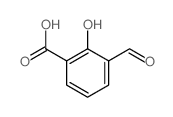
610-04-8 |
| Literature: Tiemann; Reimer Chemische Berichte, 1877 , vol. 10, p. 1563 |
|
~% 
610-04-8 |
| Literature: Ismailskii; Bogoslowksii Zhurnal Obshchei Khimii, 1936 , vol. 6, p. 1193,1195 Chem. Zentralbl., 1937 , vol. 108, # I p. 3949 |
|
~% 
610-04-8 |
| Literature: Stafforst, Thorsten; Hilvert, Donald Chemical Communications, 2009 , # 3 p. 287 - 288 |
|
~% 
610-04-8 |
| Literature: Hoffmann-La Roche Patent: DE578037 , 1931 ; Fortschr. Teerfarbenfabr. Verw. Industriezweige, vol. 20, p. 534 |
|
~% 
610-04-8 |
| Literature: Reimer; Tiemann Chemische Berichte, 1876 , vol. 9, p. 1269 |
|
~% 
610-04-8 |
| Literature: Lee, Sunkyung; Yi, Kyu Yang; Lee, Byung Ho; Oh, Kwang Seok Bulletin of the Korean Chemical Society, 2012 , vol. 33, # 4 p. 1147 - 1153 |
|
~% 
610-04-8 |
| Literature: Armstrong; Richardson Journal of the Chemical Society, 1933 , p. 496,498 |
|
~% 
610-04-8
Detail
|
| Literature: Duff; Bills Journal of the Chemical Society, 1932 , p. 1987 Journal of the Chemical Society, 1934 , p. 1305,1306 |
|
~% 
610-04-8
Detail
|
| Literature: Duff; Bills Journal of the Chemical Society, 1932 , p. 1987 Journal of the Chemical Society, 1934 , p. 1305,1306 |
| Precursor 9 | |
|---|---|
| DownStream 9 | |
| HS Code | 2918990090 |
|---|---|
| Summary | 2918990090. other carboxylic acids with additional oxygen function and their anhydrides, halides, peroxides and peroxyacids; their halogenated, sulphonated, nitrated or nitrosated derivatives. VAT:17.0%. Tax rebate rate:13.0%. . MFN tariff:6.5%. General tariff:30.0% |
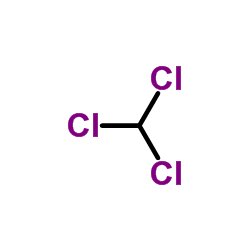


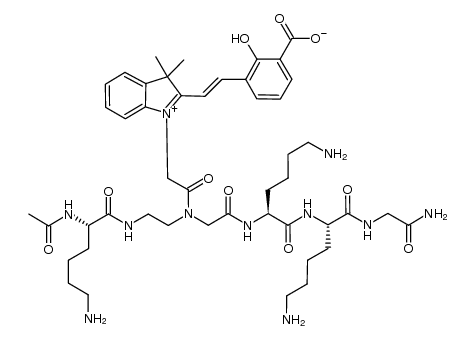
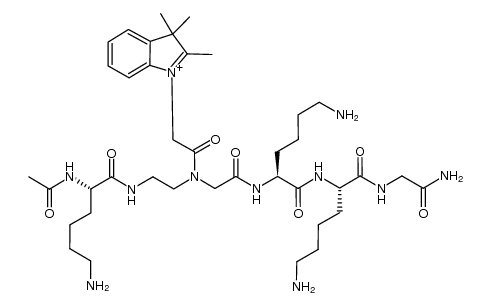
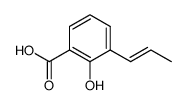
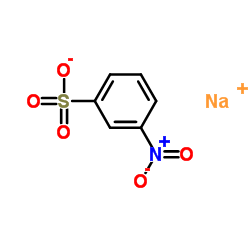

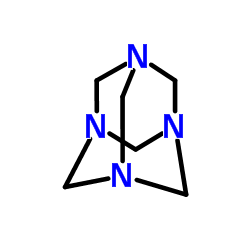

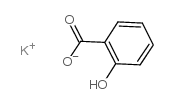
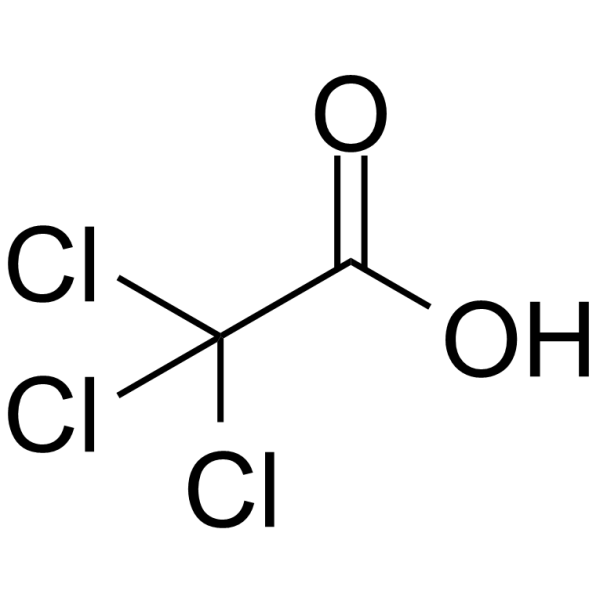



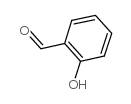
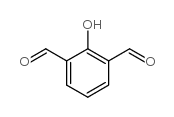

![Benzoicacid, 2-hydroxy-3-[(hydroxyimino)methyl]- structure](https://image.chemsrc.com/caspic/068/7383-10-0.png)
